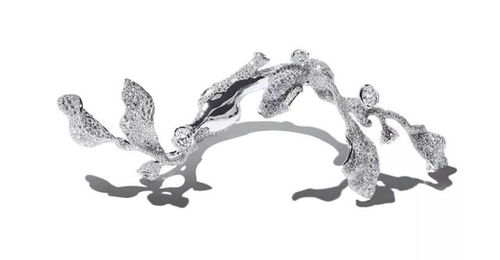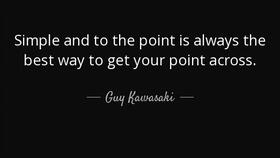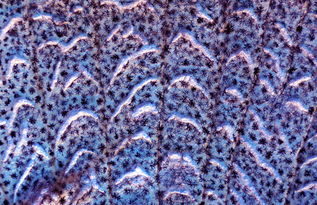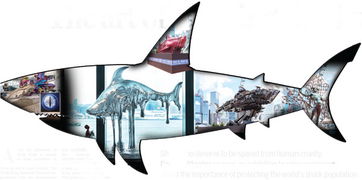Introduction:
For anglers seeking to enhance their fishing skills and increase their catch, mastering the technique of catching edge fish is a game-changer. Edge fishing, also known as fishing along the edges of a body of water, can be incredibly rewarding. Whether you're targeting species like bass, pike, or catfish, understanding how to effectively fish the edges can make all the difference. In this article, we'll delve into the nuances of edge fishing, providing you with a step-by-step guide and illustrative diagrams to help you become a pro at catching edge fish.
Understanding Edge Fishing:
Before we dive into the techniques, it's important to understand what edge fishing entails. The "edge" refers to the boundary between two distinct habitats within a body of water, such as the transition from shallow to deep water, or from a weedy area to open water. Fish often congregate at these edges due to the abundance of food and the protective cover they offer.
Choosing the Right Equipment:
The first step in edge fishing is to choose the right equipment. Here's a breakdown of the essential gear you'll need:

- Rod and Reel: A medium-heavy to heavy-duty rod with a fast action is ideal for casting and retrieving heavy lures or baits. A spinning reel with a good drag system is recommended for managing fish that may run or jump.
- Line: Use a monofilament or braided line that matches the size of the fish you're targeting. For larger species, a line with a breaking strength of 12-20 pounds is usually sufficient.
- Lures and Baits: Soft plastics, spinnerbaits, jigs, and live bait are all effective for edge fishing. Choose lures that mimic the natural prey of the fish you're targeting.
Step-by-Step Technique Guide:
Scout the Area: Before you start fishing, take some time to scout the area. Look for visible edges such as drop-offs, weed lines, or structure changes. Pay attention to areas where fish might be holding.
Cast to the Edge: Once you've identified a promising edge, cast your lure or bait just beyond the edge. The idea is to present your offering to fish that might be holding just off the edge.
Work the Lure or Bait: Once your lure or bait is in the water, start retrieving it. The speed and method of retrieval will depend on the type of lure or bait you're using. For example, a slow, erratic retrieve might be more effective for soft plastics, while a steady retrieve with occasional twitches might work better for spinnerbaits.
Adjust Your Approach: If you're not getting bites, adjust your approach. Try changing the depth of your retrieve, varying the speed, or using different lures or baits. Sometimes, the smallest adjustments can make a big difference.
Stay Patient: Edge fishing can sometimes be frustrating, as fish may be present but not actively feeding. Stay patient and persistent. Sometimes, the best catches come from sticking with a spot for a while.
Illustrative Diagrams:
To help you visualize the techniques described above, we've included a series of illustrative diagrams. These diagrams will guide you through the process of casting to the edge, working the lure or bait, and adjusting your approach.
Diagram 1: Casting to the Edge
[Insert Diagram 1: Illustrating the process of casting your lure or bait just beyond the edge]
Diagram 2: Working the Lure or Bait
[Insert Diagram 2: Demonstrating different retrieves and techniques for working your lure or bait]
Diagram 3: Adjusting Your Approach
[Insert Diagram 3: Showing how to make adjustments to your retrieve speed, depth, or lure type based on the response from the fish]
Conclusion:
Edge fishing is a skill that requires practice and patience, but the rewards can be substantial. By understanding the principles of edge fishing, choosing the right equipment, and mastering the techniques, you'll be well on your way to becoming a proficient edge fisherman. Remember to always respect the environment and the fish you're targeting, and enjoy the beauty and tranquility of the water as you hone your skills. Happy fishing!












